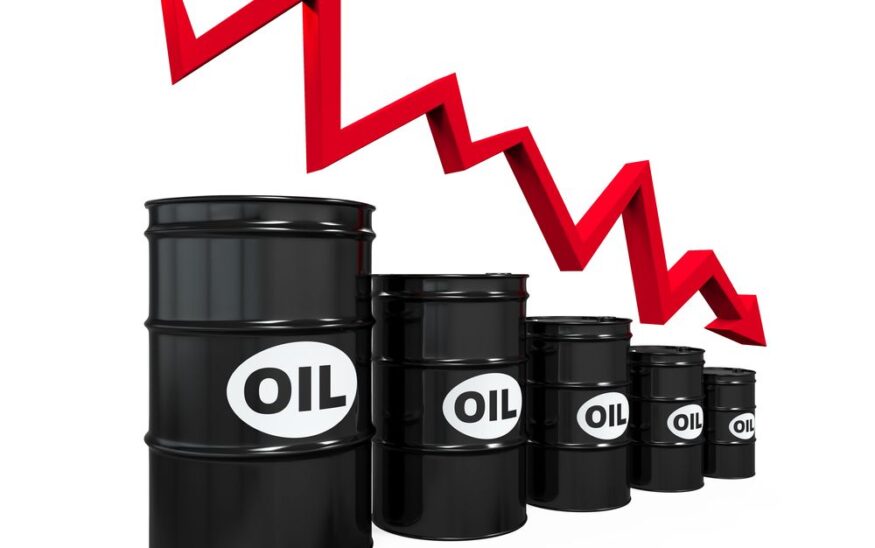Just how low can oil prices go?
The strong dollar is another challenge
Fred Taylor //February 4, 2016//


Just how low can oil prices go?
The strong dollar is another challenge
Fred Taylor //February 4, 2016//
How low can oil prices go in 2016? That is the question on everybody's mind as the new trading year begins, and certainly remains the biggest impediment to finding a bottom in this current market correction.
Oil has fallen in price from over $100 a barrel in June of 2014 to under $30 a barrel last week, and there doesn't seem much to keep the price from dropping below $20 a barrel anytime soon. This collapse in prices is very different than previous periods of low energy prices, when the Saudis were willing to cut production in order to stabilize prices.
This time around, Saudi producers want to put U.S producers out of business just to maintain their overall market share. The Saudis may even be desperate enough to sell shares in their sacrosanct oil conglomerate Saudi Aramco, which is evidence of just how much things have changed in terms of the Saudis' need for cash to fund their expensive social programs.
Oversupply is a huge issue now that the U.S. is the world's largest oil producer – a return to the days of Standard Oil and John D. Rockefeller in the 1890's. The U.S. was also just recently approved to export oil globally for the first time since the 1970's, adding increasing pressure to the Saudis' stronghold.
The strong dollar is an additional challenge. The dollar has been appreciating rapidly over the past 18 months because of weakness in all the other global economies. Unfortunately, because oil is priced in U.S. dollars, the commodity is now more expensive for Europe and other struggling economies to consume, causing weakening demand. The dollar and oil prices are inextricably linked, when one gets stronger it leads to weakness in the other.
Could oil go as low as $20 a barrel? It certainly could, but commodities are a self-correcting mechanism. At some point in time, production gets cut to the bone, the oversupply gets used up, and prices stabilize. We are already seeing the oil rig count get cut in half in the United States, which is a good start. It would help if the Saudis did their part and cut production too.
At Northstar, we are taking a longer-term view of the recent weakness in the markets and looking to put money to work in such beaten down sectors as energy, materials and industrials that are going to weather the current drop in oil prices. The good news is that most of these companies are already in bear markets and their stocks are cheap on a relative basis and are paying very generous dividends.
What makes them cheap today is that we believe future profits for these firms will return to, and even exceed, their prior levels. Historically, well-run energy and industrial companies have had the ability to deliver significant wealth to shareholders who were willing to bear the inherent risks of these more cyclical businesses. Because these businesses are subject to larger revenue swings, we have focused on the companies that we believe have the operational and financial discipline to weather these storms.
We have followed this type of contrarian focus before. As an example, we invested additional funds in health care stocks in 2011 when few wanted to own them because of uncertainty over the long term effects of the Affordable Care Act ("Obamacare"). Today this is one of the best performing sectors of the market.
It takes a lot of patience to buy out-of-favor companies, but the odds of success increase substantially if you can buy at low prices. In the meantime, investors can collect higher dividend yields than bond yields, while they wait for these stocks to return to favor. Not easy to do but certainly worthwhile over the long run.






















